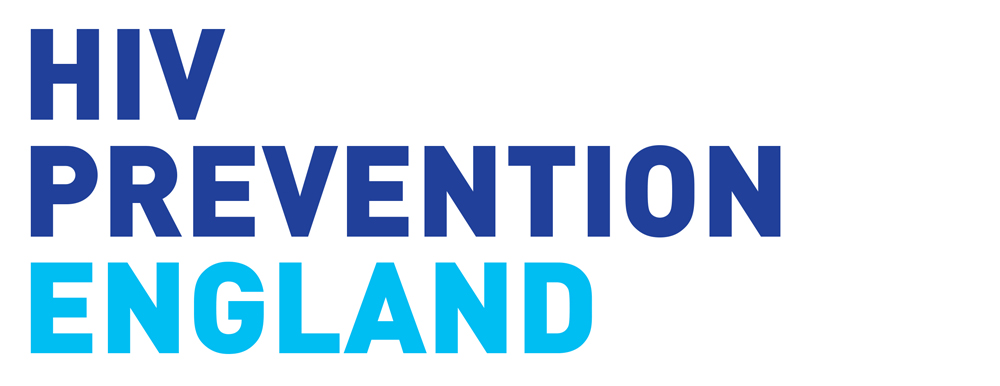The Department of Health and Social Care (DHSC) has published ‘Towards Zero – An action plan towards ending HIV transmission, AIDS and HIV-related deaths in England – 2022 to 2025’.
The Plan will support the Government’s aims to achieve zero new HIV infections, AIDS and HIV related deaths in England by 2030, and the work required to achieve ambitious interim targets by 2025:
- To reduce the number of people first diagnosed in England from 2,860 in 2019, to under 600 in 2025.
- To reduce the number of people diagnosed with AIDS within three months of HIV diagnosis from 219 to under 110.
- To reduce deaths from HIV/AIDS in England from 230 in 2019 to under 115.
The publication included the news of the expansion of opt-out HIV testing in Emergency Departments (A&E) in high prevalence areas, backed by an additional £20 million over the next three years.
The HIV Action Plan looks to build on the successes achieved in England over the past decade, and will continue to strive to increase testing rates in populations most affected by HIV, and raise awareness of combination HIV prevention. The four key objectives of the HIV Action Plan are:
- Objective 1: ensure equitable access and uptake of HIV prevention programmes.
- Objective 2: scale up HIV testing in line with national guidelines.
- Objective 3: optimise rapid access to treatment and retention in car.
- Objective 4: improving quality of life for people living with HIV and addressing stigma.
A national HIV Action Plan Implementation Steering Group, chaired by Professor Kevin Fenton will look to drive forward the aims of the Plan, and will comprise of all key partners, including the voluntary sector. The Secretary of State for Health and Social Care will update Parliament on the progress of the Plan on an annual basis.
The UK Health Security Agency (UKHSA) is due to publish a monitoring and evaluation framework in early 2022. The framework will monitor progress towards the 2025 ambition at national, regional and local levels, as well as measuring the extent to which the actions set by the Plan are implemented.
HIV Prevention England will work closely with the Implementation Steering Group, DHSC and our key stakeholders to ensure our programme provides maximum impact in support of the Action Plan’s objectives.
Our annual National HIV Testing Week (NHTW) campaign, which starts Monday 7 February 2022, is a key deliverable of the HIV Action Plan. NHTW will support the National HIV Self-sampling Service to provide test kits across England to those most at risk of HIV.
